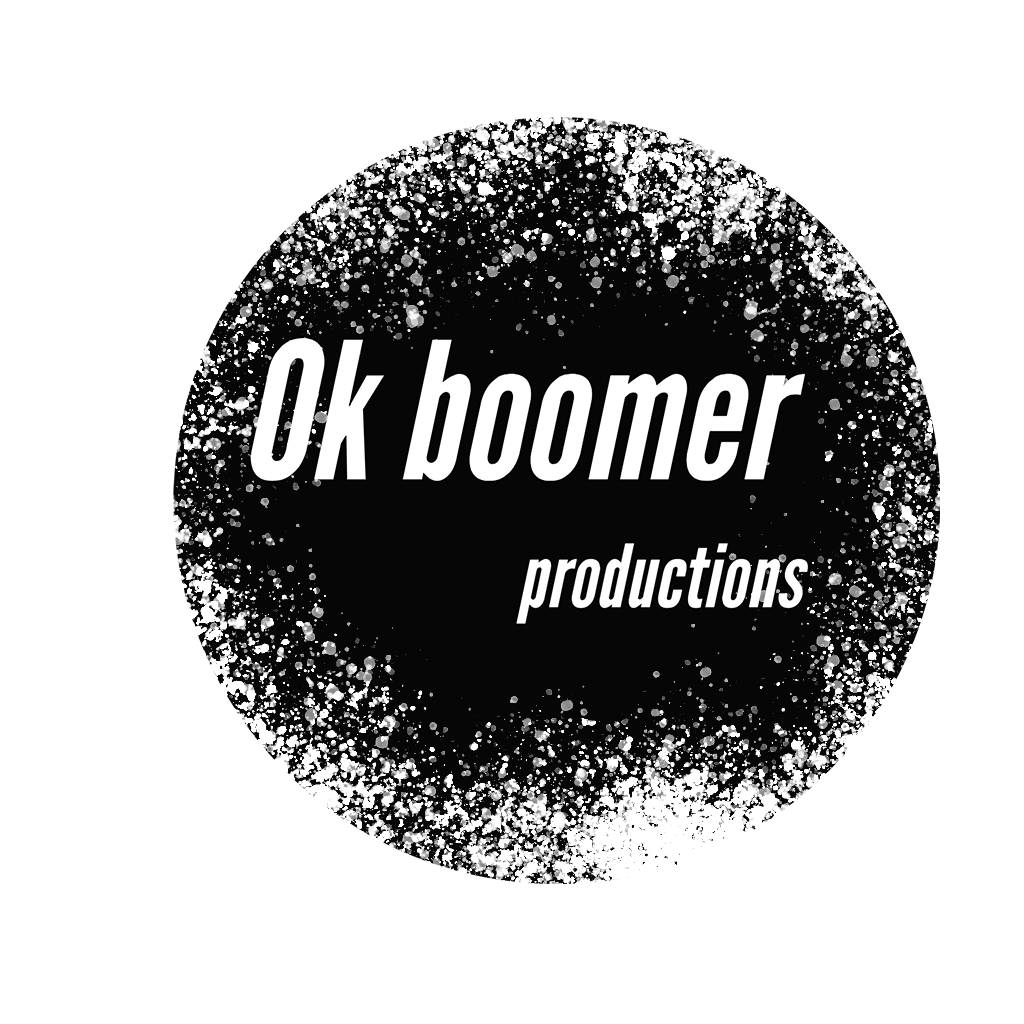
lets get ethical
Whether you’re running the business, just staring at the clock, or both, your ability to sense ethical danger-zones can prove critical to your success. This could be your sign to run or to implement some serious changes in your workplace culture.
sign #1: You’re full of yourself
Ahh yes… The aroma of executive overconfidence and mismanagement of power. Studies reveal a strong correlation between CEO overconfidence and unethical behavior. Being aware of overconfidence in ourselves and others is essential to maintaining a high moral standard.
sign #2: Its all about looks
Multi-billion dollar companies pay hundreds of thousands of dollars per year on public-relations to maintain an ethical public perception. Still, an organization focused more on appearance change than culture change encourages unethical behavior.
sign #3: disconnected leadership
Got a relational rift between lower-level and higher-level employees? Chances are organizational culture isn’t as good as you may think, which makes it even more difficult to see ethical warnings. If a disconnect exists within the culture, the individual differences need to be revealed and examined. One consideration may be anonymous surveys seeking to determine how cultural perception contrasts between organizational levels.
sign #4: customer is king
Do you treat the customers better than the employees? Guess what- that type of climate encourages hostility and unethical behavior. The first step of progressing through an organizational challenge of ethics is mindfully identifying where the challenges lie. An environment where employees are second-class citizens to customers stifles the motivation to share ideas and collaborate with the corporate level. Lower-level workers are the tragic victims of an uneven power structure that makes the customer a ‘second boss’. Hence- hostility… hence- unethical behavior.
sign #5: unwillingness to change/challenge systems
When seeking a moral resolution, we explore compromises and new alternatives to our structures. Operating with a blanket-standard of customer favoritism does not best serve the customer anyone, so change it. Gaining employee confidence naturally triggers a passion for customer-focused (and ethical) behavior. We don’t lose the customer by gaining the employee. We actually do what is best for the customer when we focus on the employee. Incentive and reward programs for incredible customer-service performances may be a way to elevate employee confidence while driving up the customer lifetime value. Try things, but try things strategically. Mold the system to the team, not the other way around.
KNOW.YOUR.PEOPLE.
——————————–
